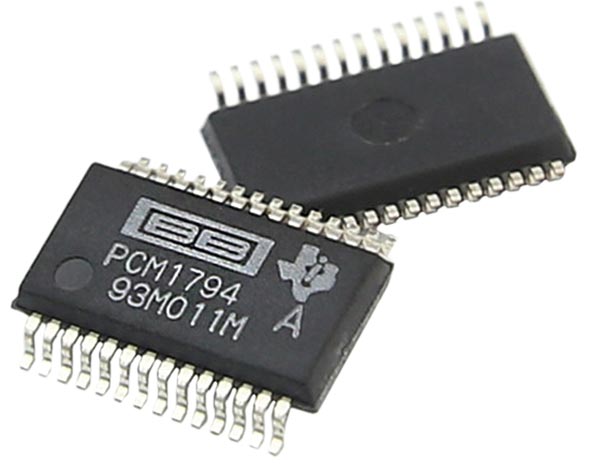Merason DAC1 USB DAC Number Crunching
Arguably, the biggest leap in DAC technology – for better or worse – occurred through the late 1980s/early '90s as resistor-ladder style converters were replaced with PDM and PWM-based silicon. These so-called 1-bit/low-bit/delta-sigma types are the great-grandaddys of all the modern DACs seen in today's equipment. All operated on a similar principle – the incoming CD audio data was upsampled to very high rates (up to x256) while the wordlength was truncated from 16-bits down to between 3-to-5-bits in the PWM converters and 1-bit in the PDM converters. Trying to describe 16-bits of information in just a few bits inevitably causes a significant 'error' realised as a big increase in noise spread across the x256 bandwidth. In all cases a technique called 'noise shaping' was employed to squeeze the noise out from the audio bandwidth, restoring its original 16-bit dynamic range, while redistributing it across higher ultrasonic regions.

There are many variations on this technique used today, including hybrids like the 'Advanced Segment' PCM1794 DAC launched by Burr-Brown in 2004. Now part of the TI (Texas Instruments) family the updated PCM1794A has a split architecture with the first 6-bits of a 24-bit input, beginning with the LSB, separated from the remaining 18-bits, up to the MSB. The wordlength of the 6-bit block is retained while the 18-bit block is upsampled by x64, truncated into ~2.32-bit words and then subject to 3rd-order noise-shaping to restore the original 18-bit S/N. The two 'segments' are then summed into a single upsampled stream of some 6-bit resolution before hitting a differential-current segment section – the DAC proper. This offers a balanced current output, providing audiophile designers the opportunity to build their own I-to-V converter, and 'voice' the sound – just as we see here in the Merason DAC1. PM

























































